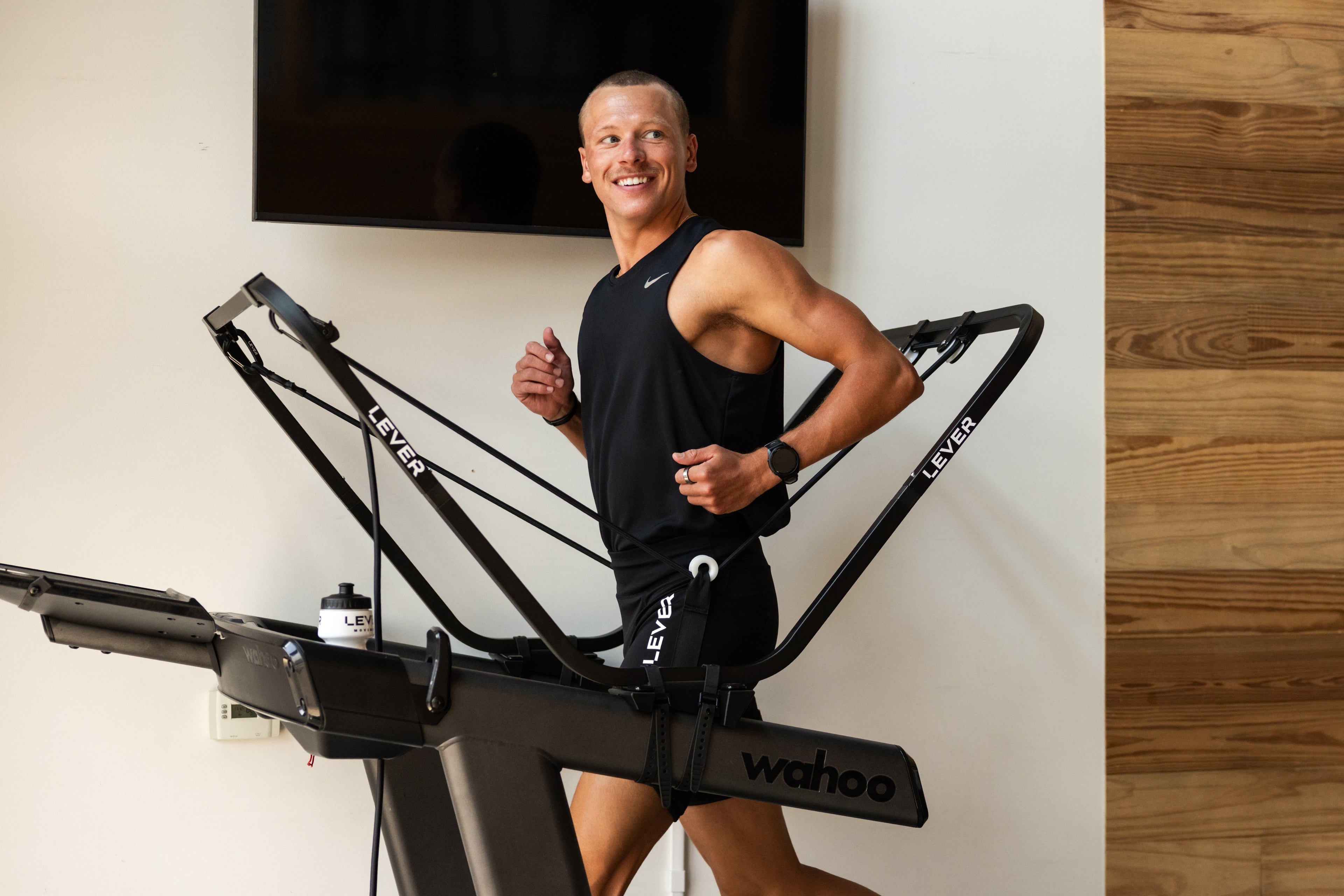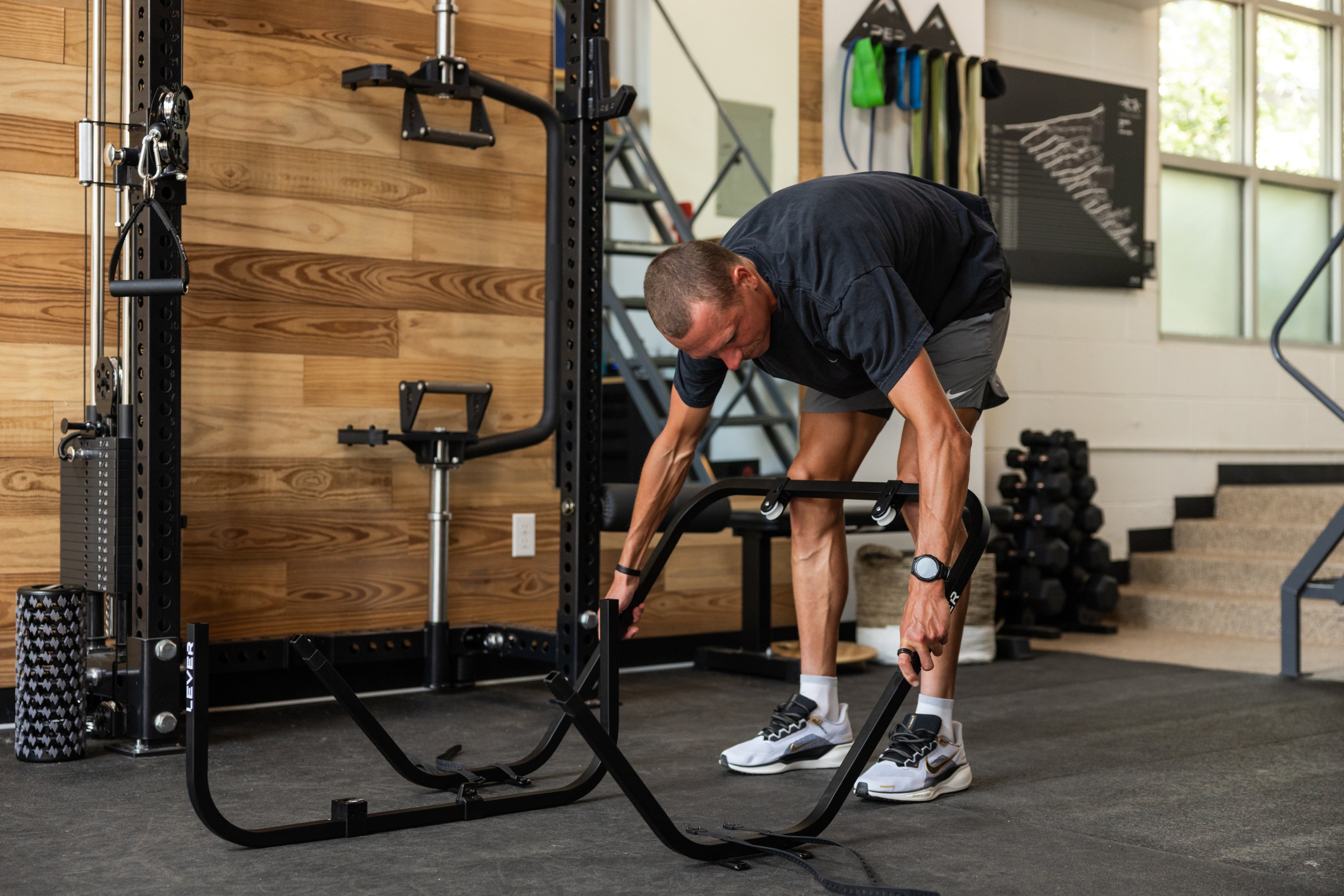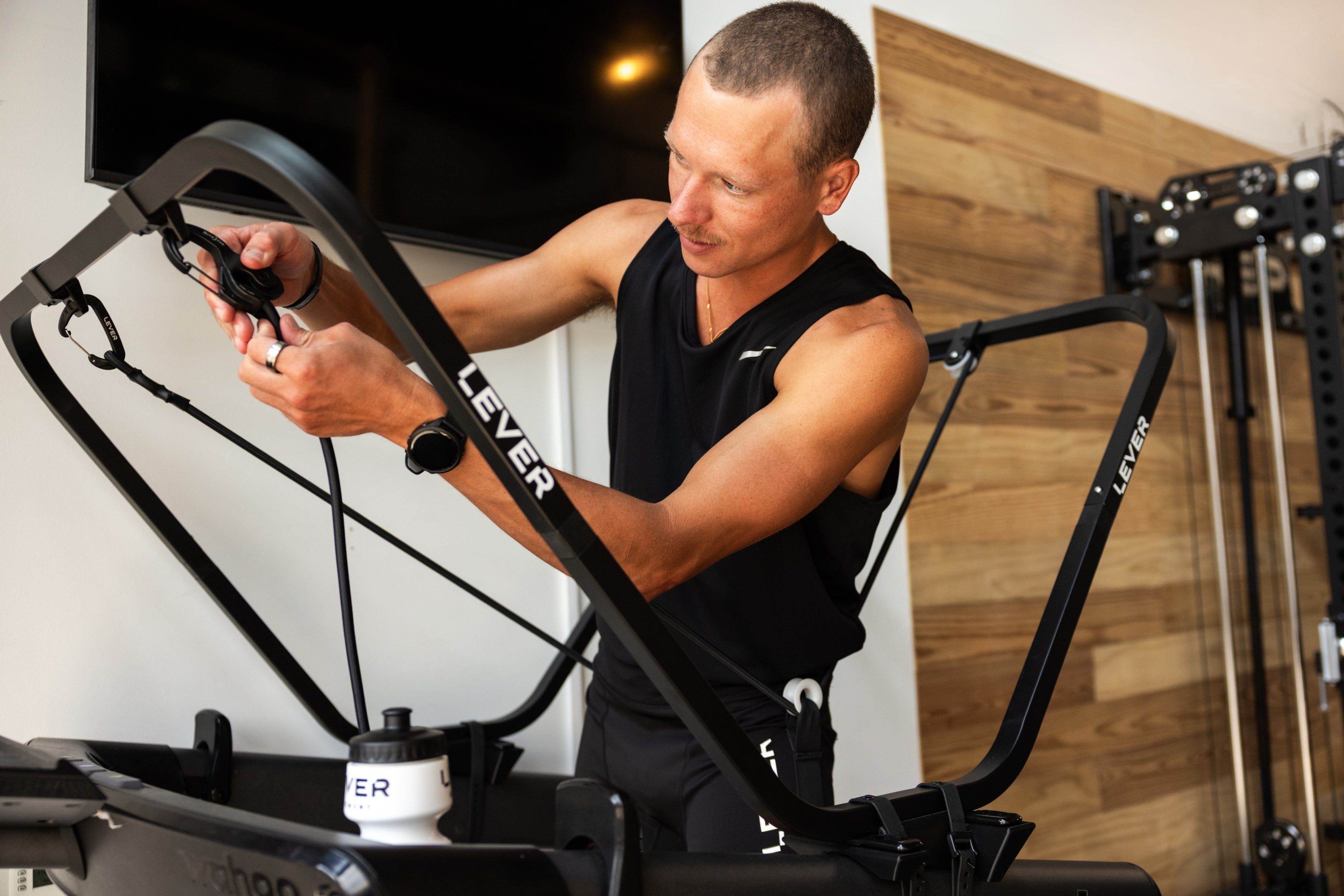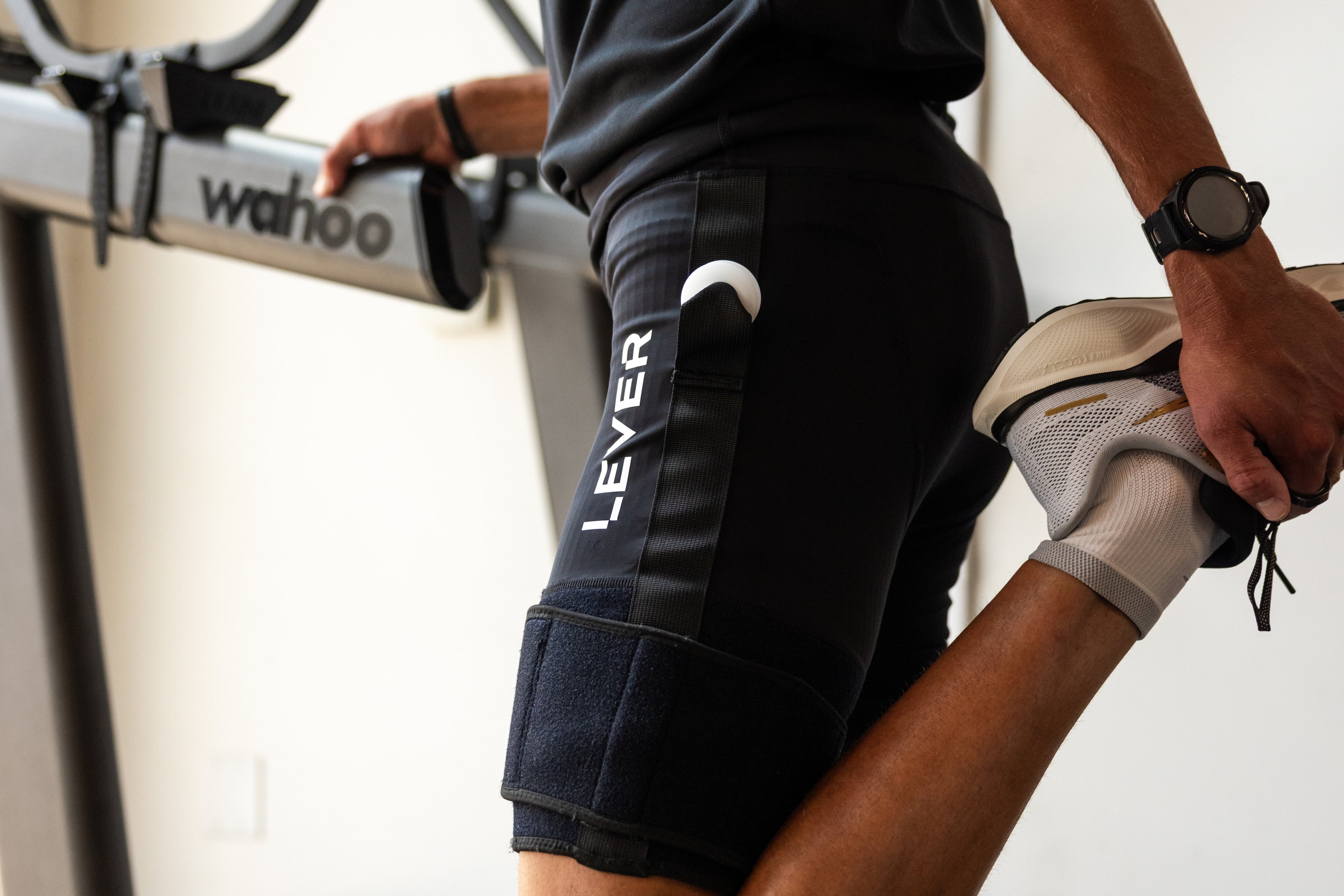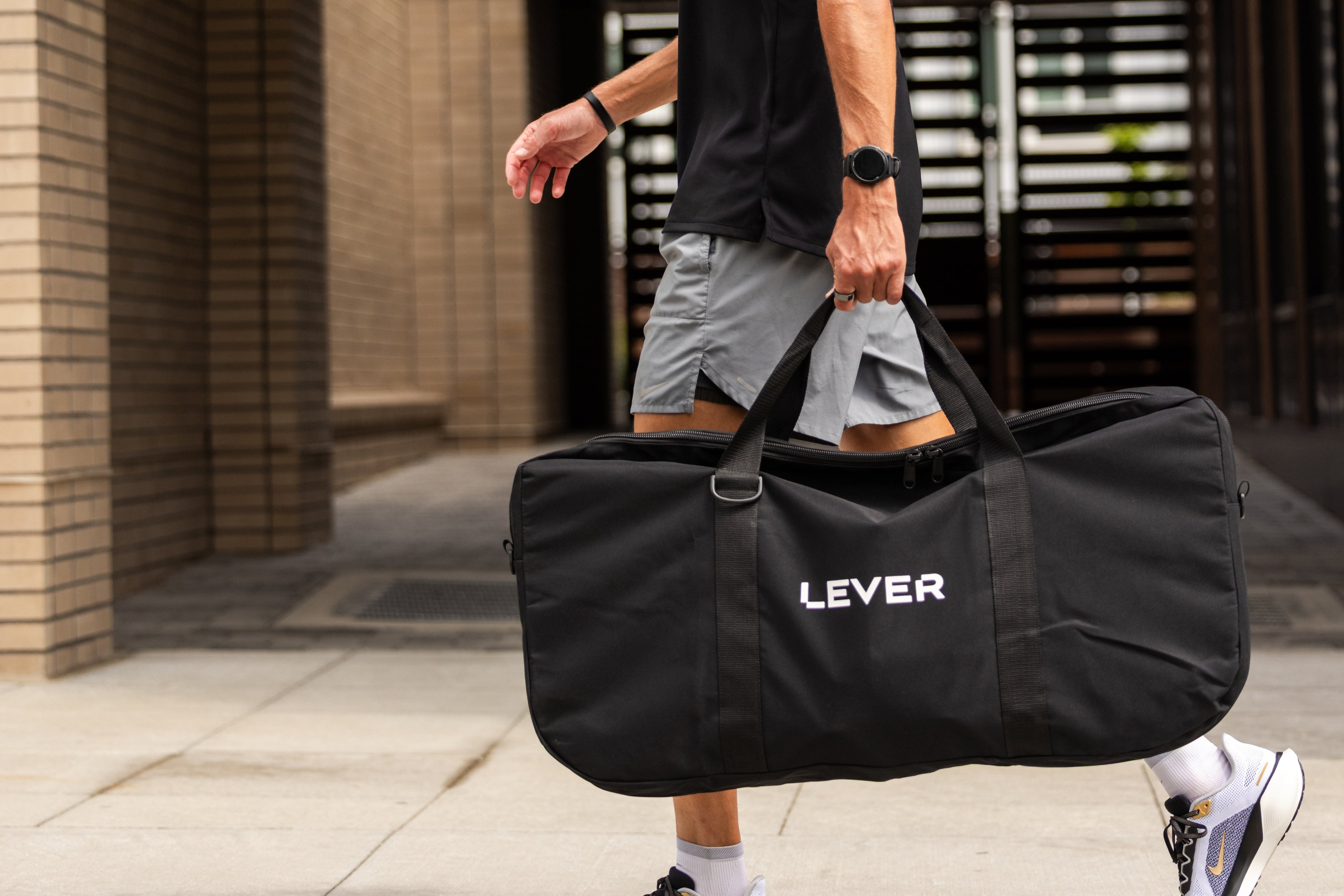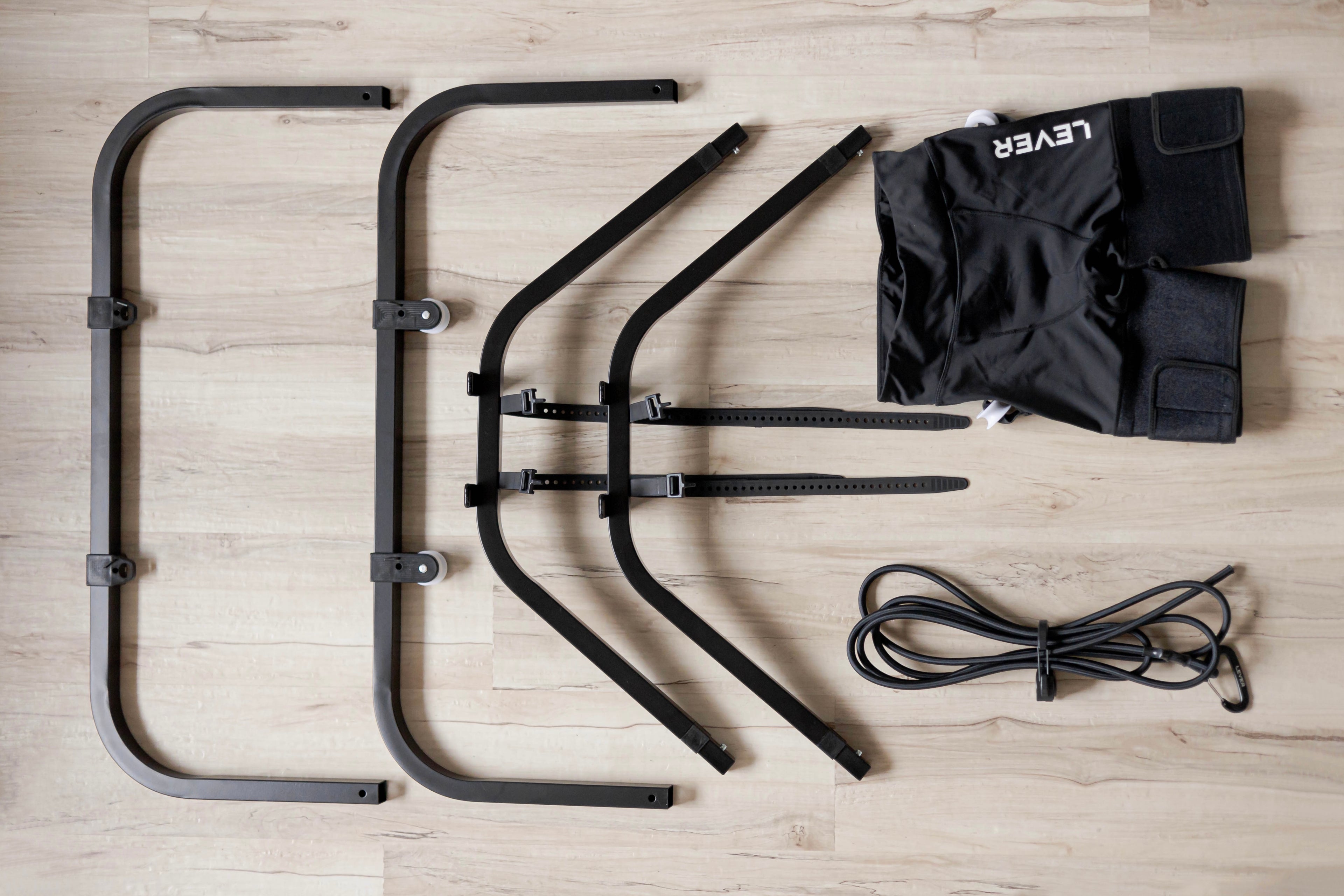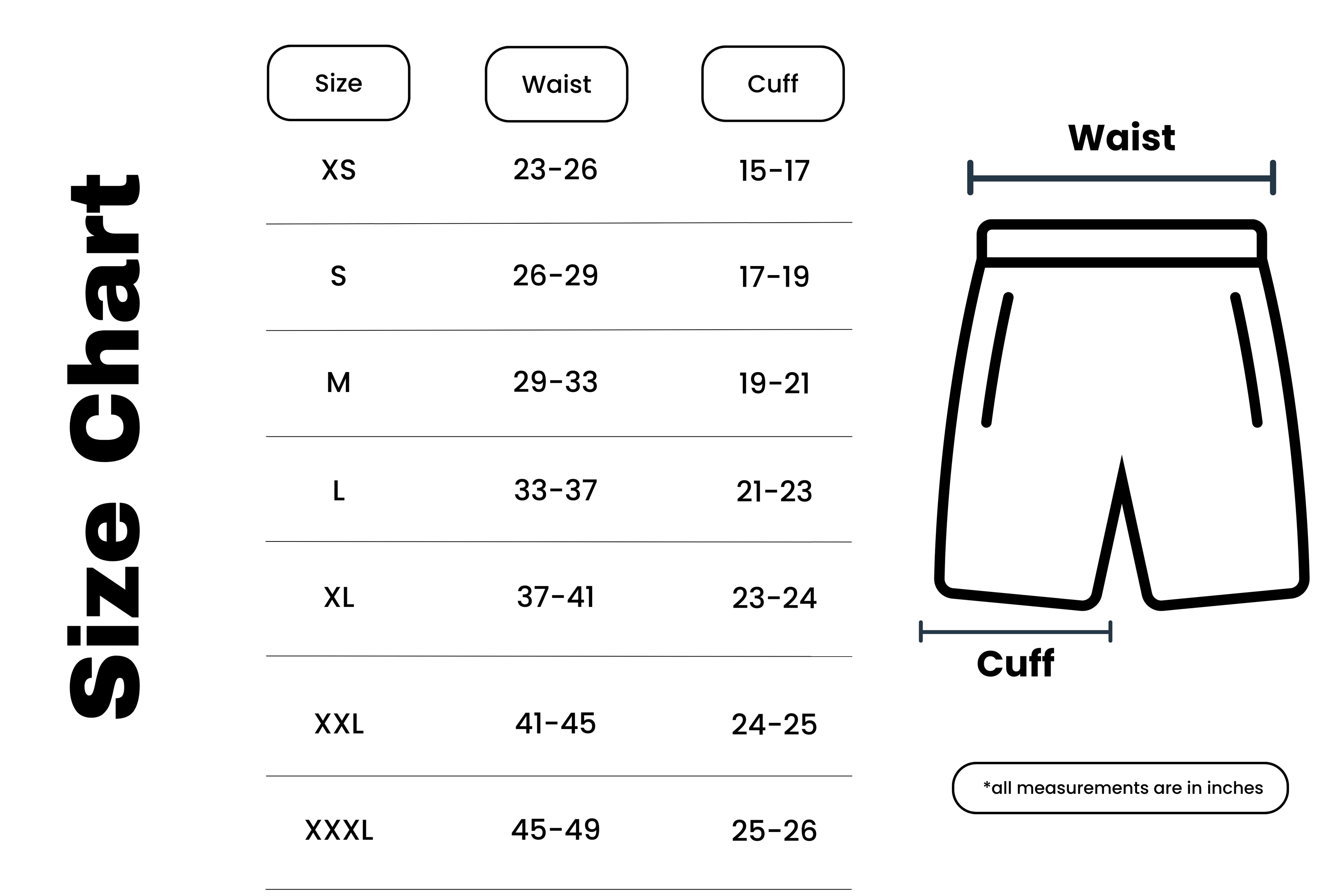Welcome back to the LEVER Movement blog! In this edition we’re going to take a look at a 2017 study by Hambly, Poomsalood, and Mundy.
The purpose of the study entitled: “Return to running following knee osteochondral repair using an anti-gravity treadmill: A case report” was to assess the impact of using Body Weight Support as a runner returned from a knee surgery.
The athlete in the study was “a 39-year-old otherwise healthy female endurance runner with a left knee femoral cartilage defect. The patient underwent single step arthroscopic microfracture with Bone Marrow Aspirate Concentrate.” For the patient's return to running, they used Body Weight Support on the treadmill over an eight week period.
Researchers found “The return to run program resulted in improved knee and rehabilitation self-efficacy and subjective knee function following osteochondral repair of the knee. This case highlights the potential role for anti-gravity treadmills in enhancing self-efficacy and subjective knee function in preparation for a return to sport.”
A 2022 study by Vincent, Madsen, and Vincent aimed to look at the role of “Role of Antigravity Training in Rehabilitation and Return to Sport After Running Injuries.”
Researchers describe treadmills with Body Weight Support can cause “reductions in cadence, ground reaction forces (GRF), GRF impulses, knee and ankle range of motion, and vertical stiffness, with elevations in stride duration, flight time, ground contact time, and plantarflexion.”
With these considerations, they found that these types of systems for rehabilitation “appear useful across a spectrum of injuries in runners, including post surgical repair of osteochondral defect, stress reactions (medial tibia, pelvis), and lumbar disc herniation. Runners may preserve aerobic fitness, muscle activation patterns, and muscle mass during recovery compared to traditional rehabilitation protocols.”
Along the way in a return to run program they note that speed or grade can be increased or decreased in conjunction with the level of Body Weight Support to maintain metabolic demand and fitness while minimizing bone and tissue loading.
Once the runner is able to run pain free for above 95% of their body weight for over thirty minutes, the runner is likely ready to safely start to transition back to overground running.











